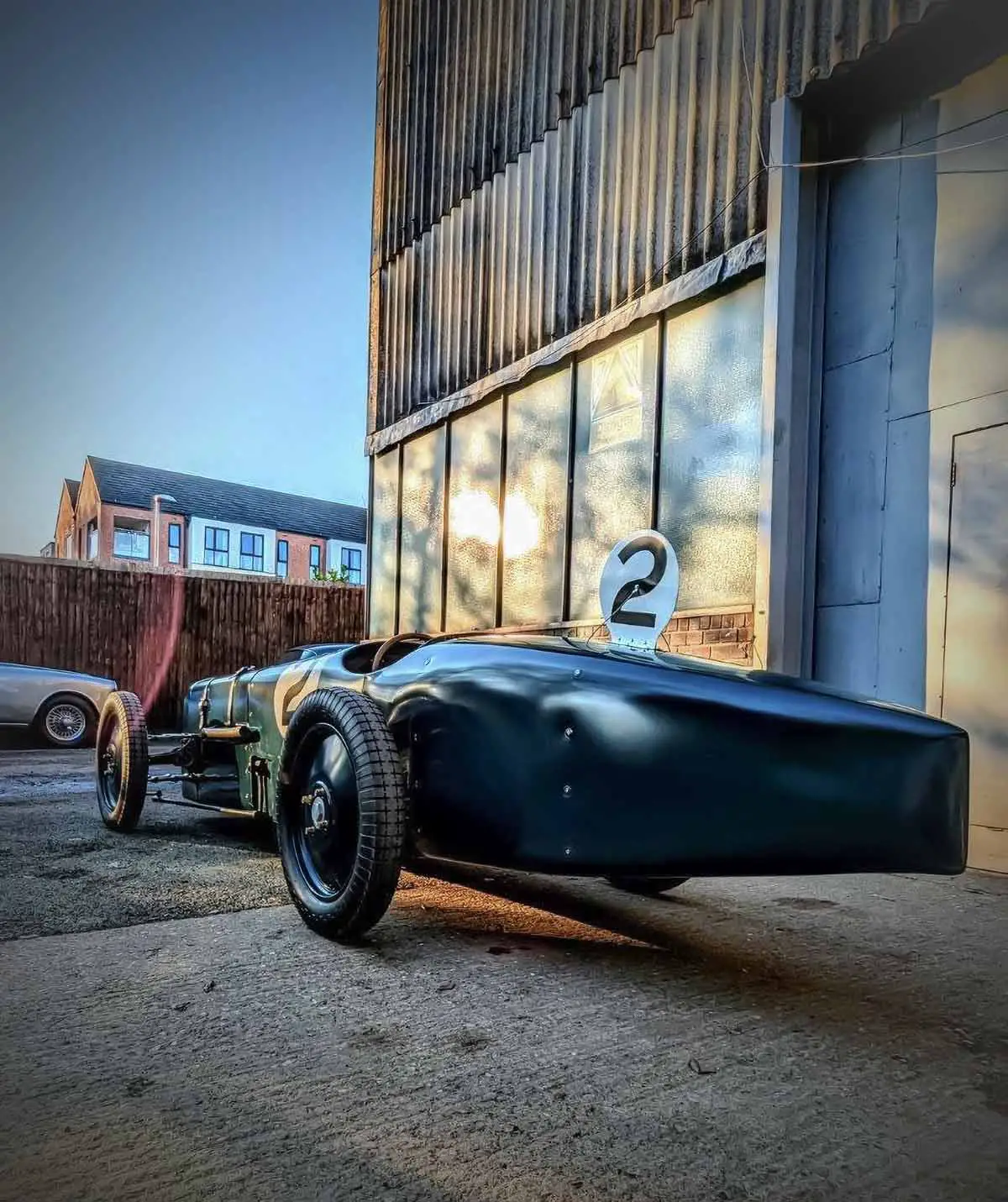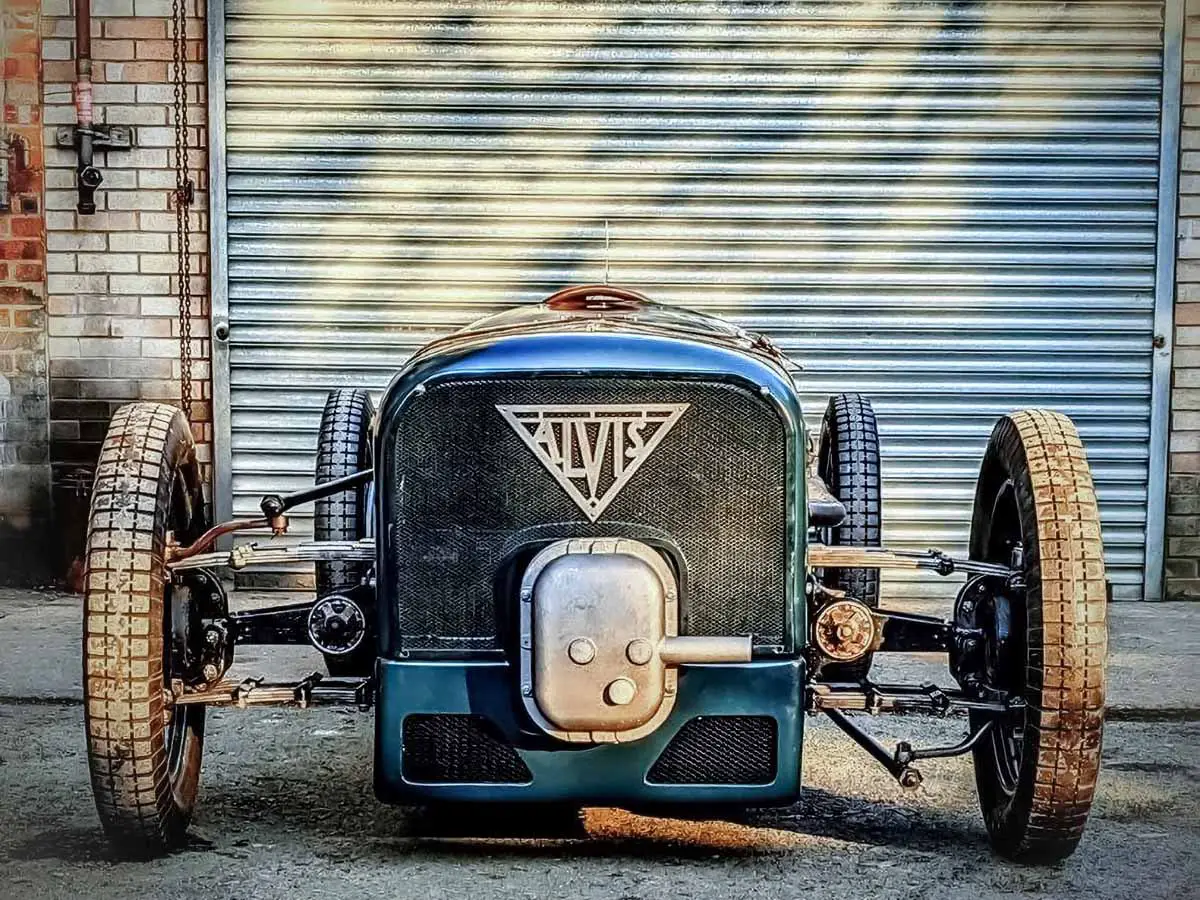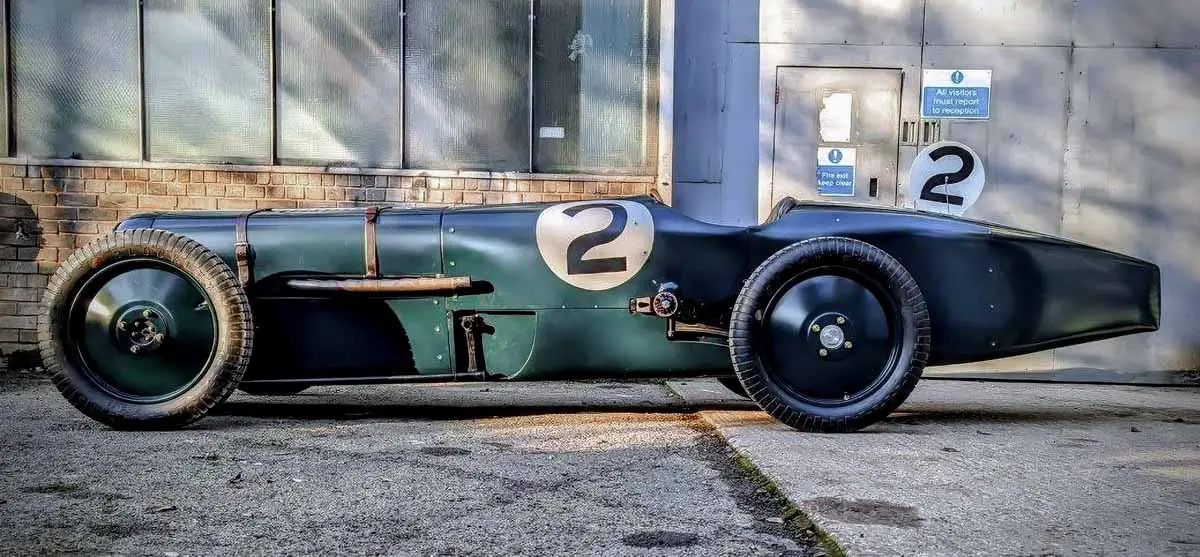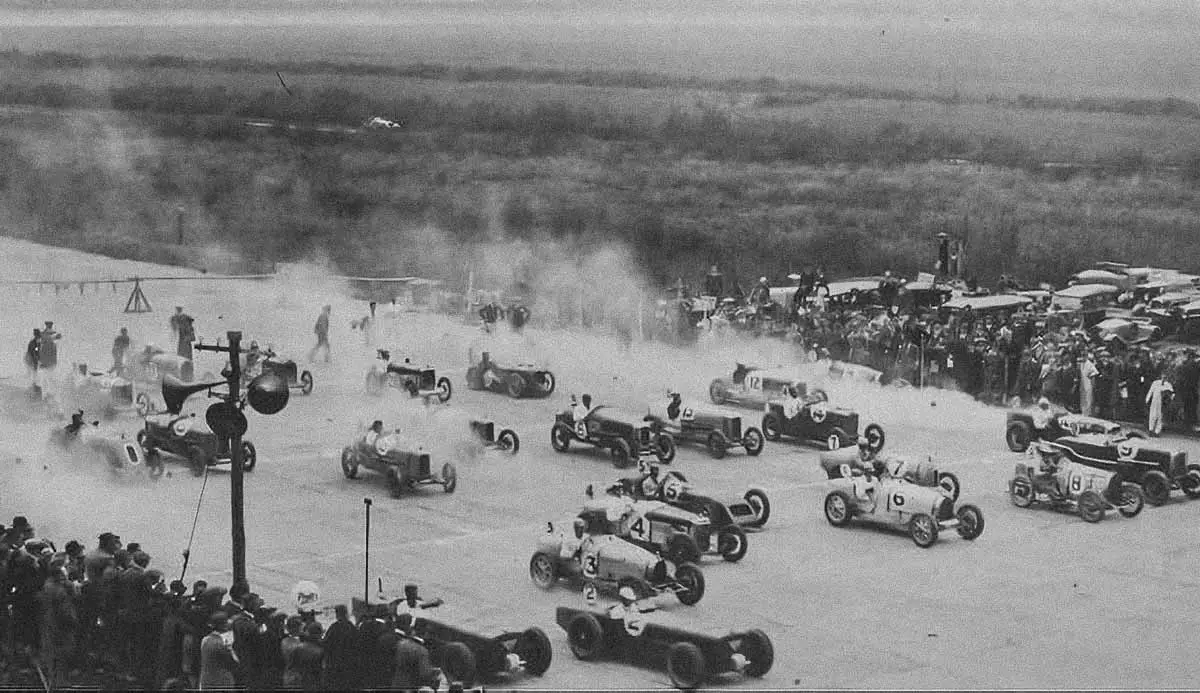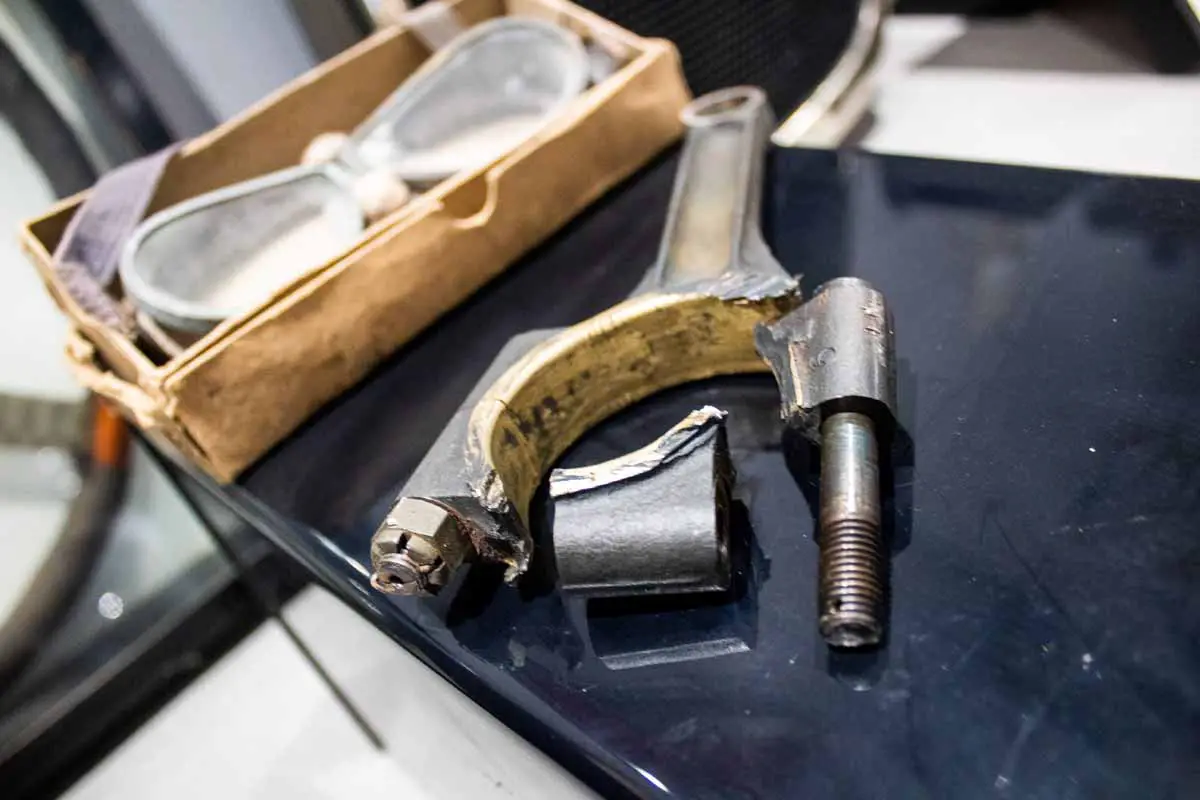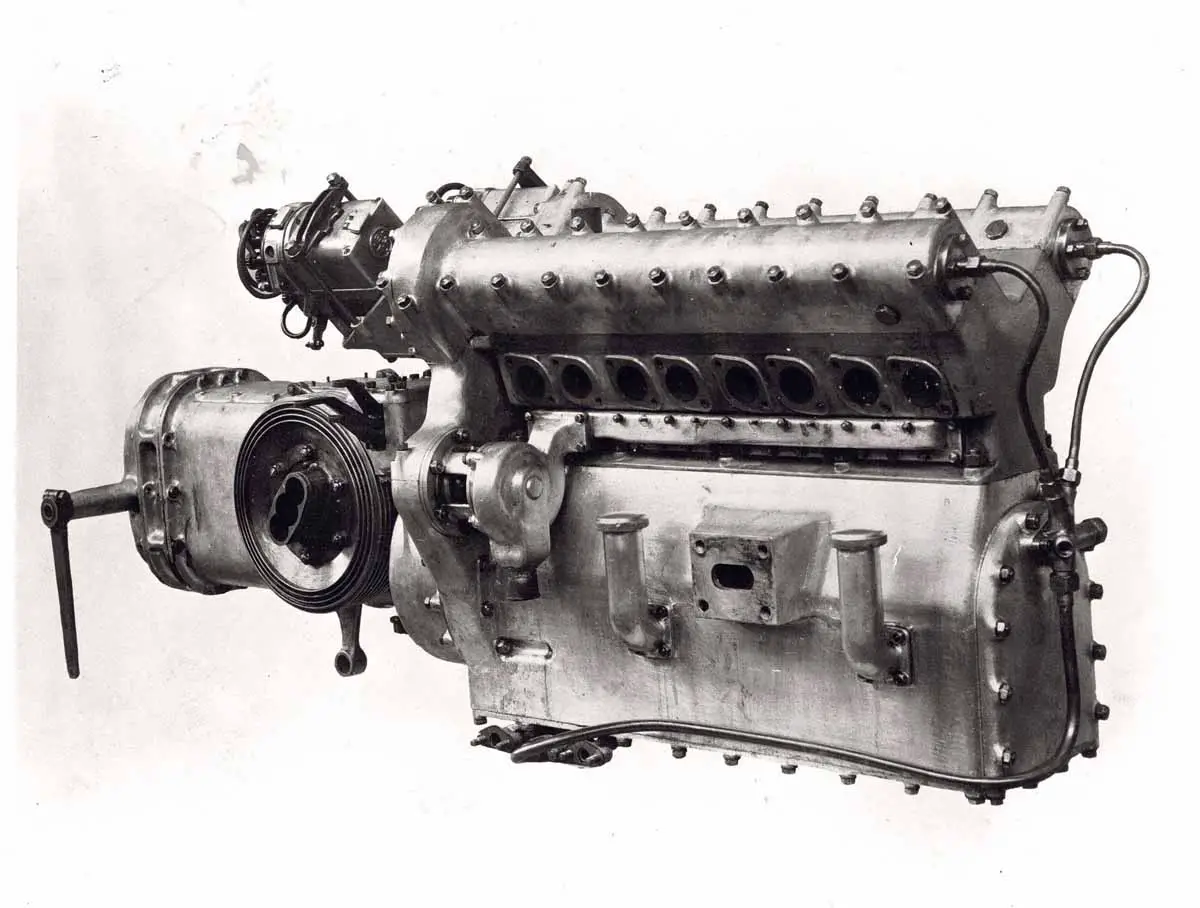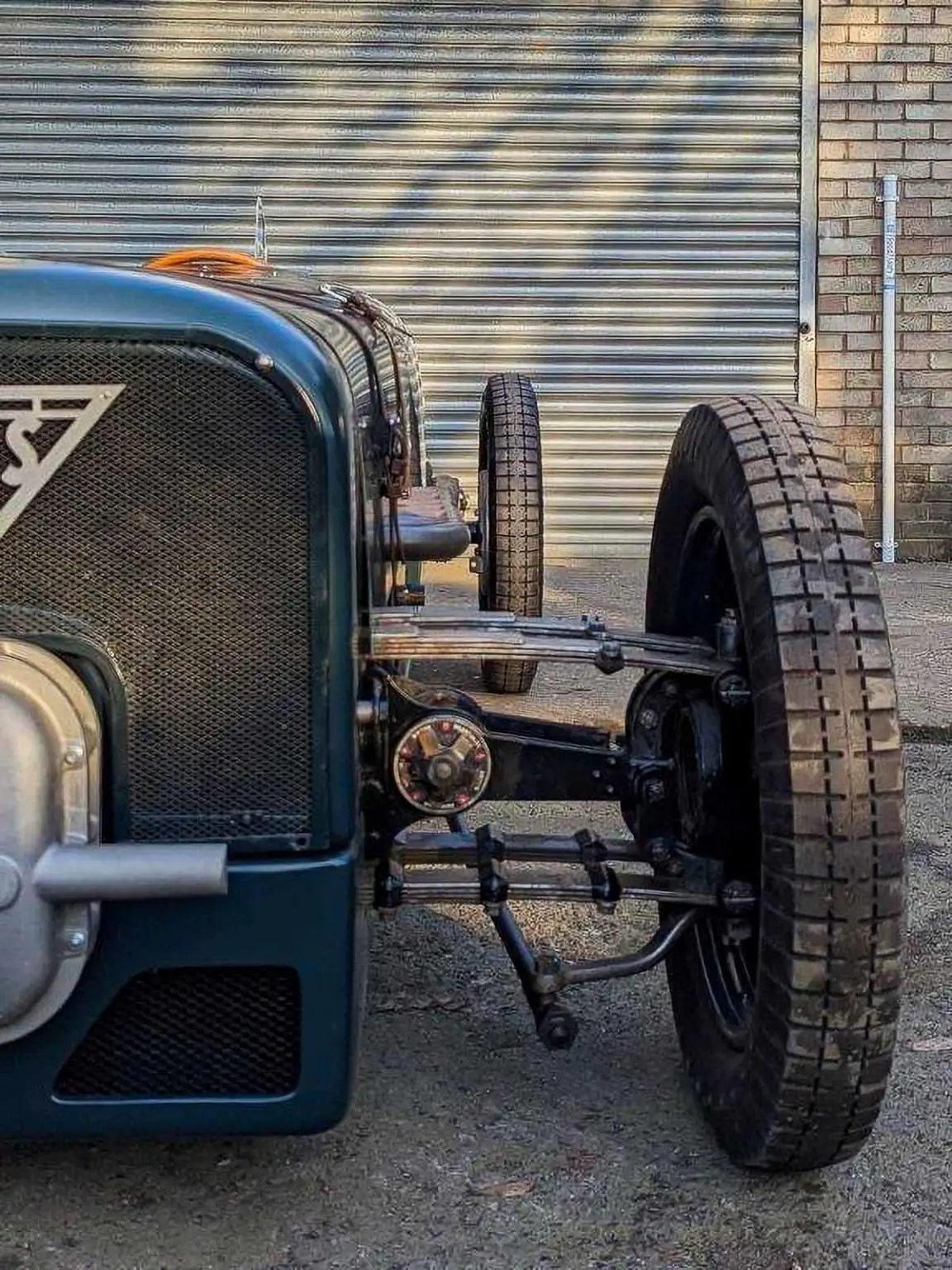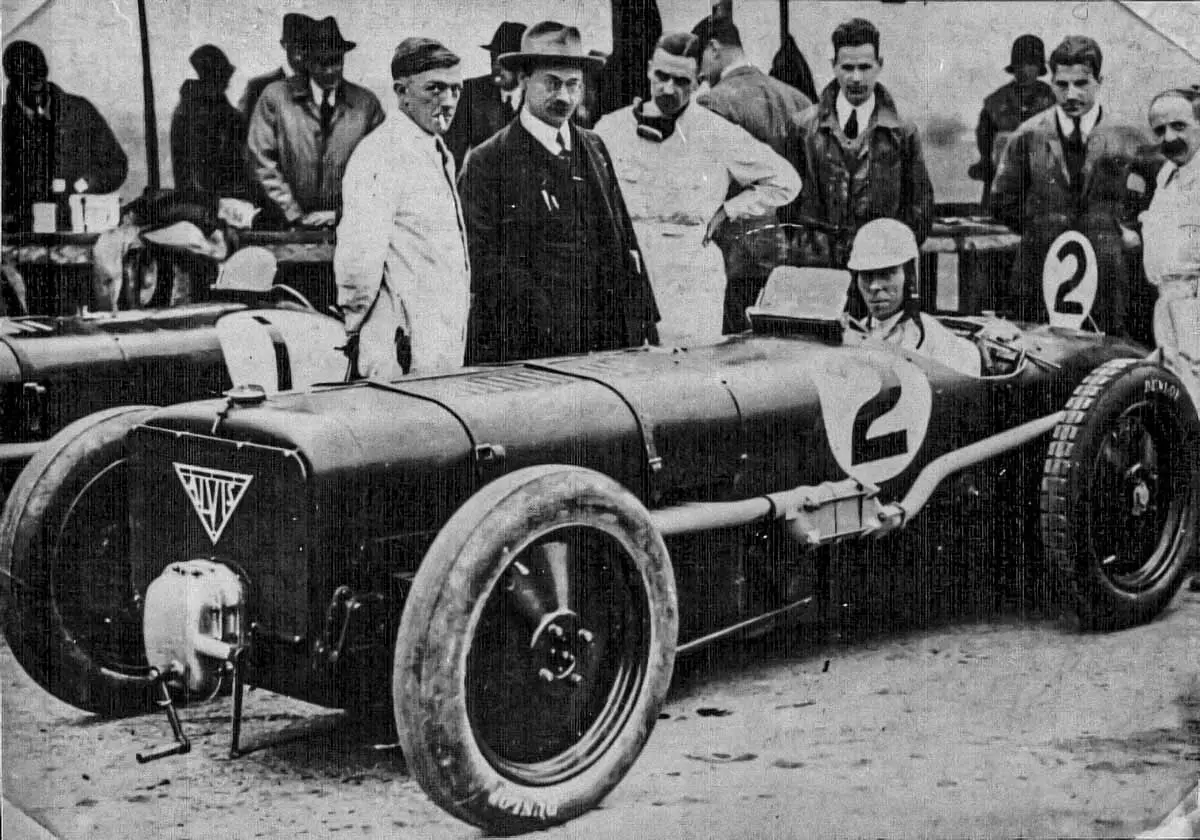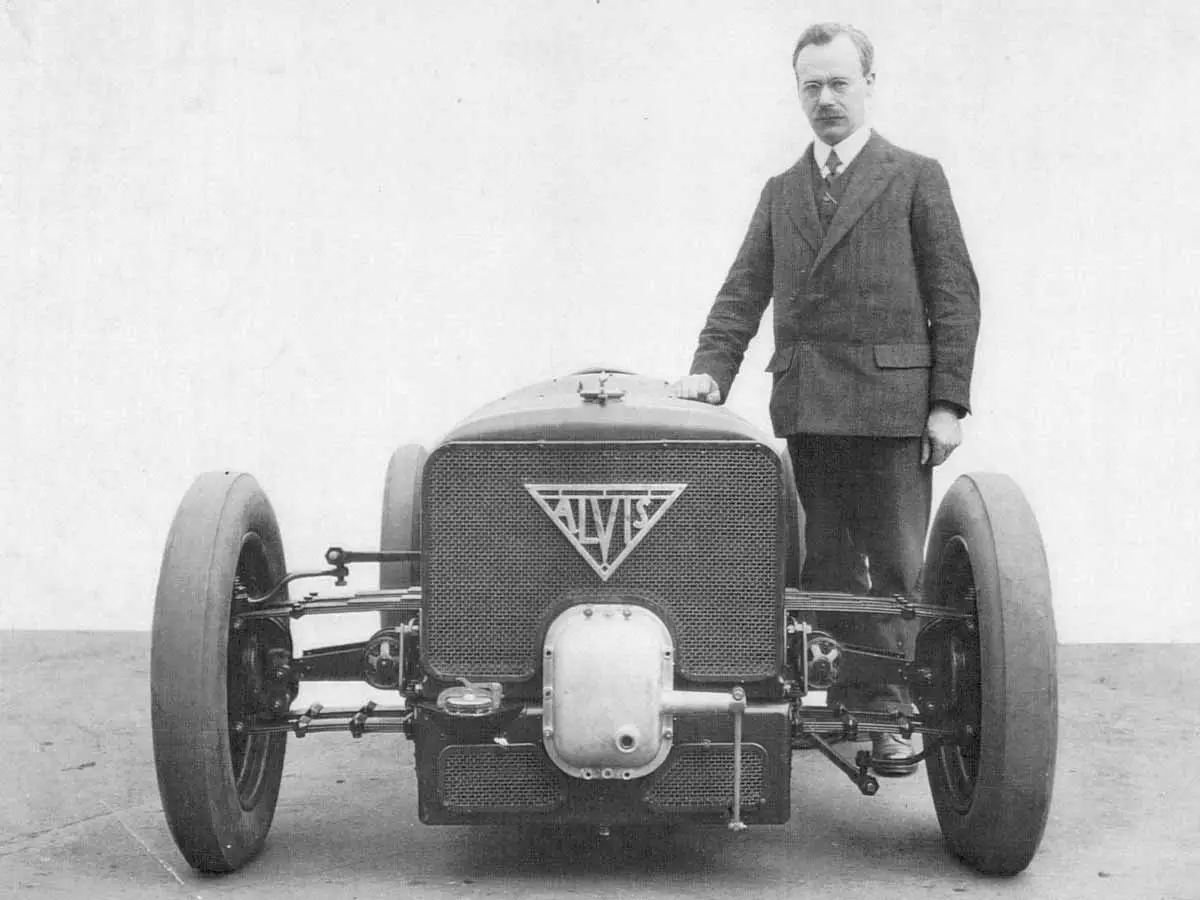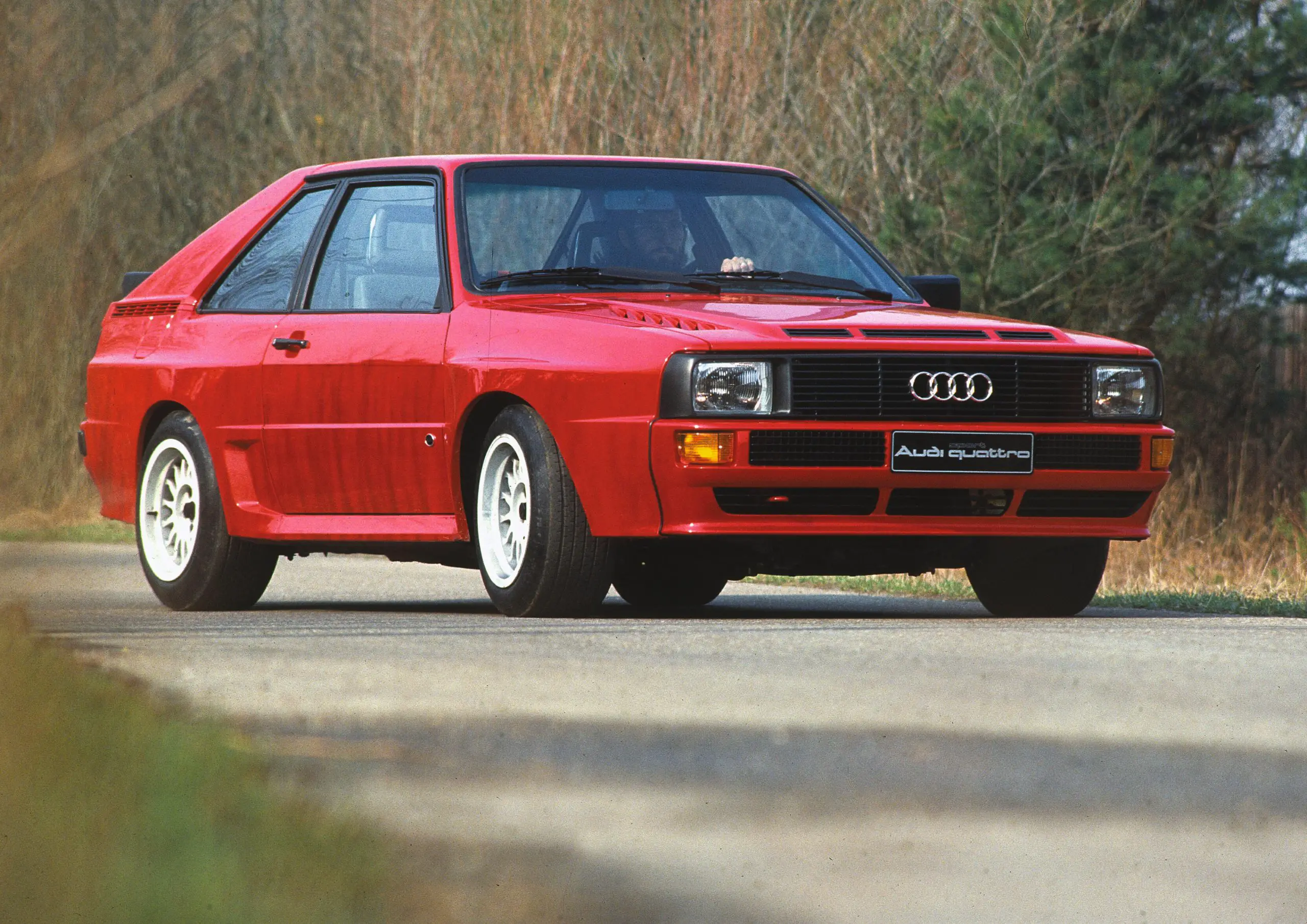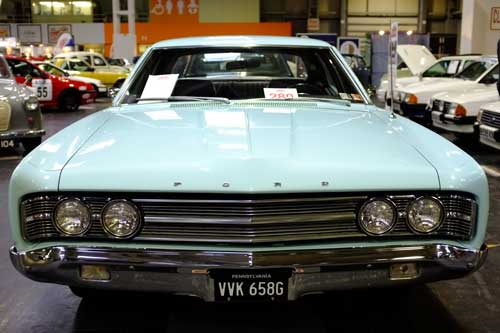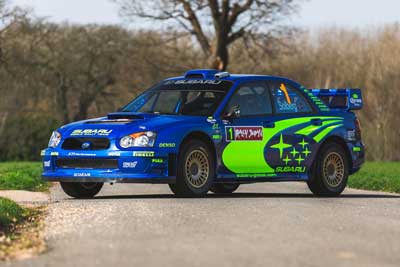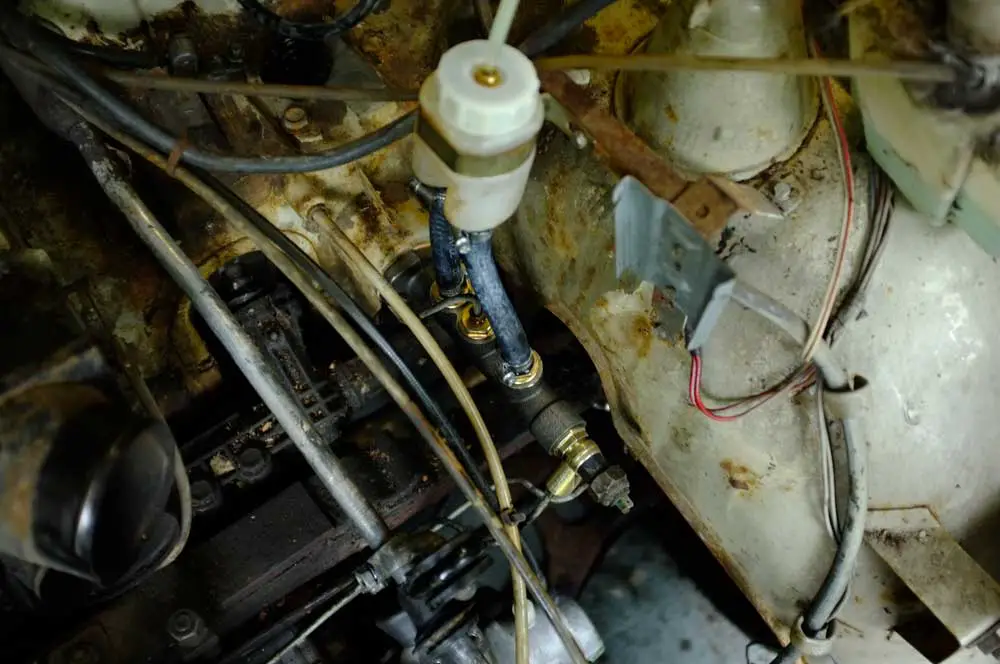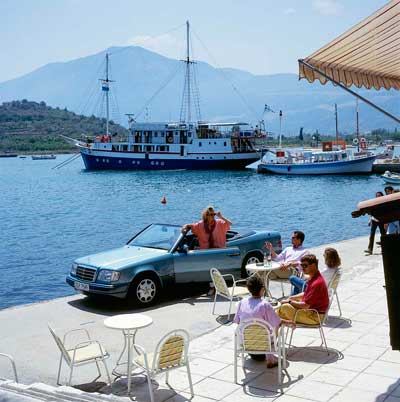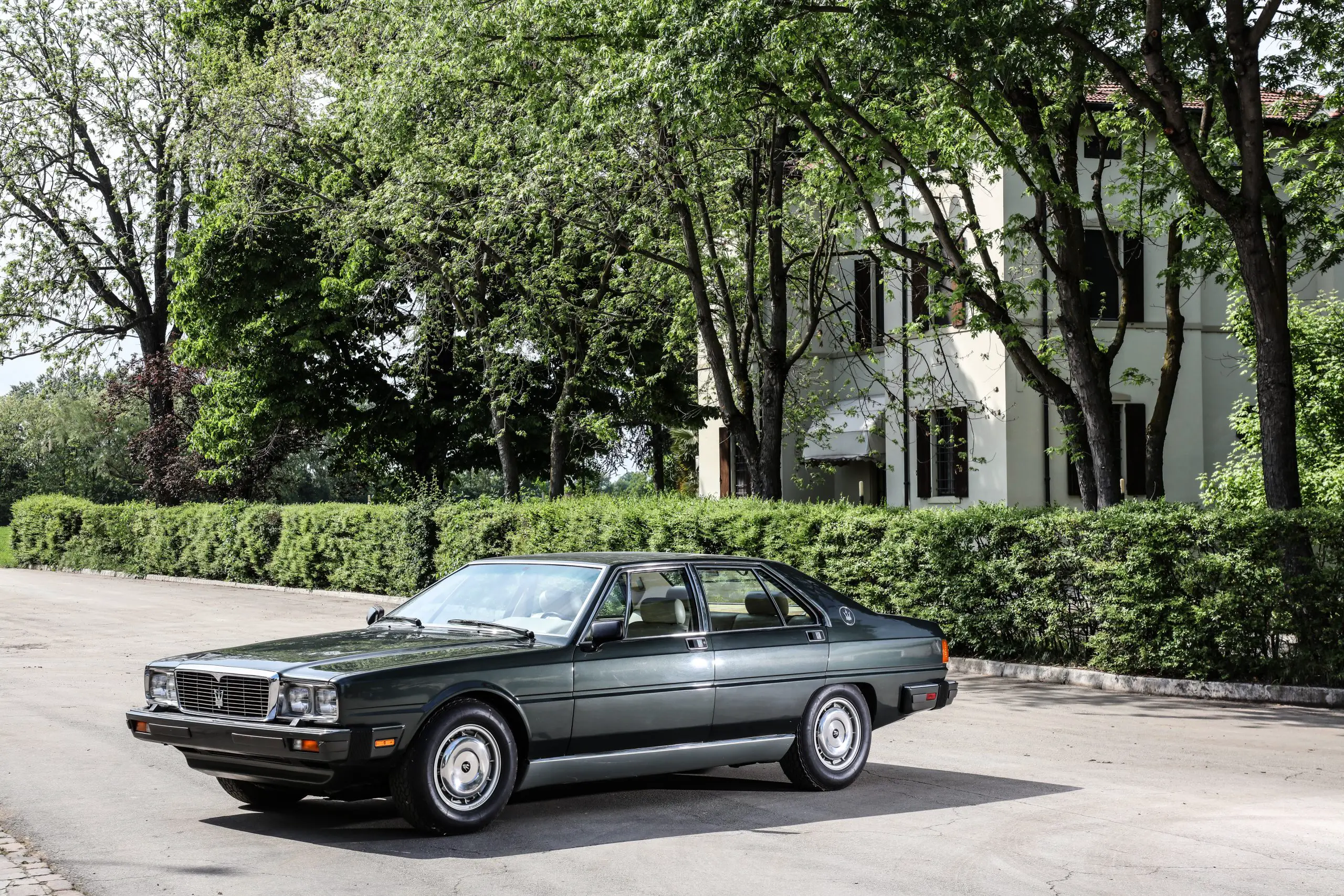
Sole Surviving Front Wheel Drive Alvis Grand Prix Racing Car Rescued From Scrapyard
The sole surviving Alvis Grand Prix racing car has been rescued from a scrapyard in Coventry by The Alvis Car Company in Kenilworth after it was lying dormant for decades.
The revived car is due to make its first public appearance in Chiba City, Japan at the Automobile Council 2023, some 96 years after its race debut in the Junior Car Club 200 Mile Race at Brooklands in 1927.
The journey to resurrect the historic competition car, thought lost, to its former glory has been an arduous one. The car is largely original, since being discovered in 2006, with only a few missing parts, the bonnet, rear suspension and radiator missing in entirety. Several months were spent researching the car in order to start the restoration to bring it back to period specification.
The highly unusual mechanical layout of the Alvis caused a stir back in 1927. What’s remarkable is that the car doesn’t have a conventional front axle. The steering system is made up of four elliptic leaf springs in a unique independent arrangement.
The engine is a powerful supercharged 1,5 litre eight cylinder unit mounted longitudinally behind the also longitudinally mounted gearbox. This gives the car a very distinctive length when compared to any of the competition in1927 and is clearly seen in the side profile.
Unfortunately, these unique elements would ultimately be the car’s downfall, unreliability prevented the car from completing any races.
One of two cars built, this one was chassis #2 for the 1927 British Grand Prix. Both cars suffering with issues meant that neither started the race and two weeks later chassis #2 made its racing debut in the JCC 200 Mile Race at Brooklands. Initially showing great pace, driven by George Duller, he lapped the track in excess of 120 mph and qualified second behind the sister car of Maurice Harvey. Duller took the lead with his Alvis at the start and had to drop back to third due to a spart plug change. Eventually he would retire with engine failure on lap 52.
When the car returned to the Alvis factory the engine was removed and completely dismantled to identify the cause of the failure, a con rod had shattered, and it is now on display in the Alvis showroom in Kenilworth. The car would never have its original engine again and remained in the possession of the factory and was unused for over a decade.
The need to free up space in the late 1930s led to the disposal of chassis #2 along with two other front wheel drive cars. They were sent to Roach Brothers, a car breaker in Coventry, who were given strict instructions to dismantle the car and not sell it on. Thankfully, this instruction was ignored, and they sold the car to Bill Pitcher, a motorcycle dealer in Rugby.
Picher decided to try and obtain a replacement engine and gearbox and found one from a 1929 Alvis TT or Le Mans and an Alvis transmission from the same year. His idea was to convert the car to a rear mounted set up, which never happened as his business failed in around 1955 sparing the car once more.
The new owner, Nic Davies, was a lifelong front wheel drive Alvis enthusiast who owned the car for nearly 50 years and travelled the world with the car. Taking it to Australia, Papua New Guinea, Florida and more. In all this time, he kept the car in the same condition he had obtained it from Pitcher in, until in 1990 when he commenced an ambitious reassembly project.
Even though the car was far from complete, the car ran under its own power for the first time in over 75 years on the 19th of April 2003. It was in this condition that Alan Stote, the current owner of The Alvis Car Company, and Tony Cox, a front wheel drive Alvis expert, acquired the car. The restoration to period specification commenced and it has taken until now for the car to emerge.
As part of the research to commence the restoration, several photographs of the car in its race trim were used along with the drawings of the original engine. Thankfully the chassis and bodywork were largely complete, aiding the restoration. Studying the parts and reverse engineering them using modern Computer Aided Design, CAD, techniques has allowed Alvis to remanufacture new components in their factory, or with the help of UK based suppliers.
A new period correct engine block and gearbox casting replaced the similar, but incorrect units that Pitcher had sourced all those years ago, to ensure that the restoration was faithful to the original.
The restoration of the Grand Prix car follows on from the Continuation Series of road cars which have an order book stretching into 2025.
Together with the Sister Company, Red Triangle, The Alvis Car Company offer parts and service for all the old cars to go with their new ones at their works in Kenilworth which sits alongside a vast storeroom of Alvis parts kept since the original factory closed in 1967.
There wasn’t a great deal of technical information available for the car, which presented a key challenge during the restoration process. But this made the project all the more intriguing. Alan Stote described is as a journey of discovery.
The public unveiling at the Automobile Council 2023 on the 14th to 16th April in Chiba City, Japan as a complete rolling chassis ahead of a series of demonstrations and displays at key events. Of course, Alvis would like to return to Brooklands in 2027 for the 100th anniversary of its debut.
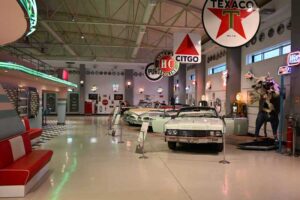
Ural Ataman Classic Car Museum – Istanbul, Turkey
This has to be one of the nicest private collections I have seen, the Ural Ataman Museum in Istanbul, turkey has not only a wide
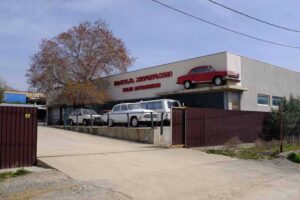
Tbilisi AutoMuseum Car Museum – Georgia
You may not have heard of this, but the small car museum in Tbilisi Georgia really has quite a lot to see. Buried in an
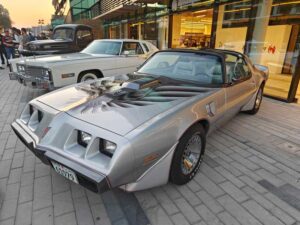
Bahrain Bike Week Classic Car Show December 2024
Bahrain Bike Week is the biggest event of its kind in the Middle East and the 2024 one was no exception. It’s not just the

Ford Motor Company Bring Back Group 5 Mk1 Escort & Group B RS200 With The Help Of Boreham Motorworks
Ford have granted a licence to Boreham Motorworks, a division of the DVRN Automotive Group, to produce new versions of not just the Mk1 Escort
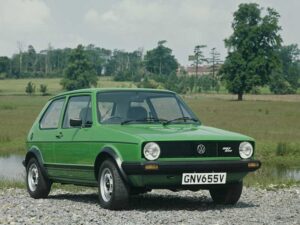
The VW Golf At 50 Years Old
Europe’s number 1 selling car the VW Golf has reached 50 years old this year, starting production on the 29th of March 1974. In
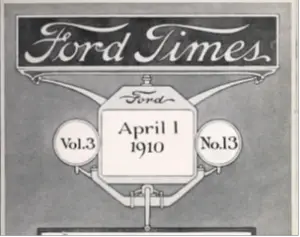
Ford’s Heritage Vault Makes The Ford Times Magazine Available To The Public
Ford’s expansion through the early 20th century was something to behold, the rapid growth of the company and the success of the Model T led
